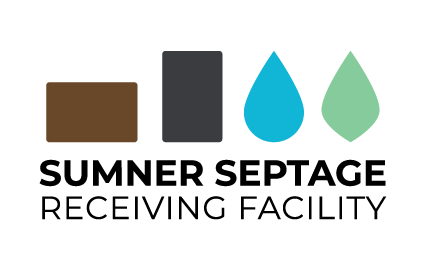Why We Take Septage
Why We Take Septage
Excess nutrient loads harm Puget Sound.
Wastewater effluent is the largest local source of nitrogen to the Sound. Nutrient pollution can result in too much nitrogen, leading to algae blooms and eutrophication which cause environmental stress on aquatic life and the ecosystem.
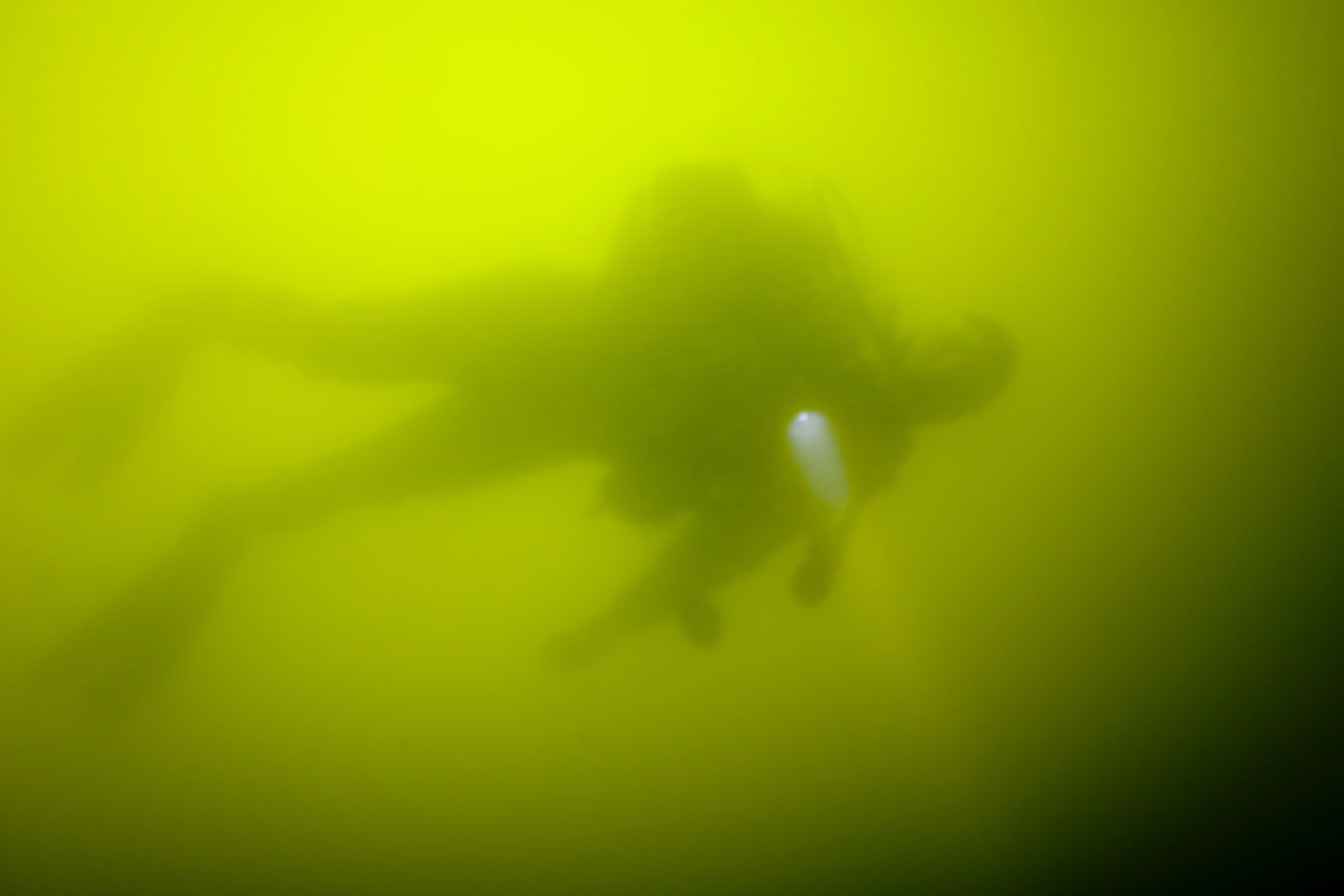

Ecology’s 2022-2026 general permit now requires wastewater treatment plants to control nutrient discharge and make improvements.
55.5M+
Gallons of septage/year
are generated in King, Thurston, Pierce & Kitsap Counties (combined)—80% originates within 40 miles of the Sumner Septage Receiving Facility.
Septage has a high concentration of nutrients and is a major source of excess nitrogen.
Diverting septage allows local WWTP operations to handle future growth.
By diverting septage to the Sumner Septage Receiving Facility for nutrient recovery, wastewater treatment plants in the area gain capacity for growing communities.
We Use Breakthrough Technology
Our process recovers the nutrients and results in upcycled, pathogen-free products.
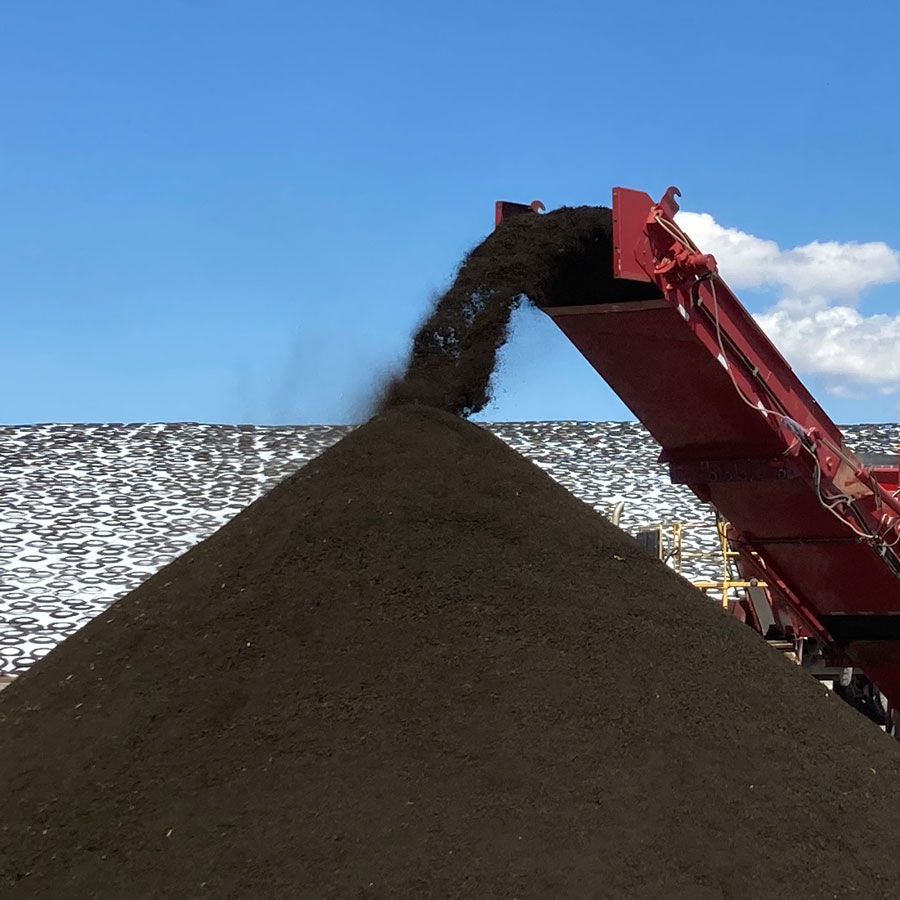
1
Dry, Class A Biosolid
for use as a nutrient-rich fertilizer, soil amendment, or other beneficial reuse
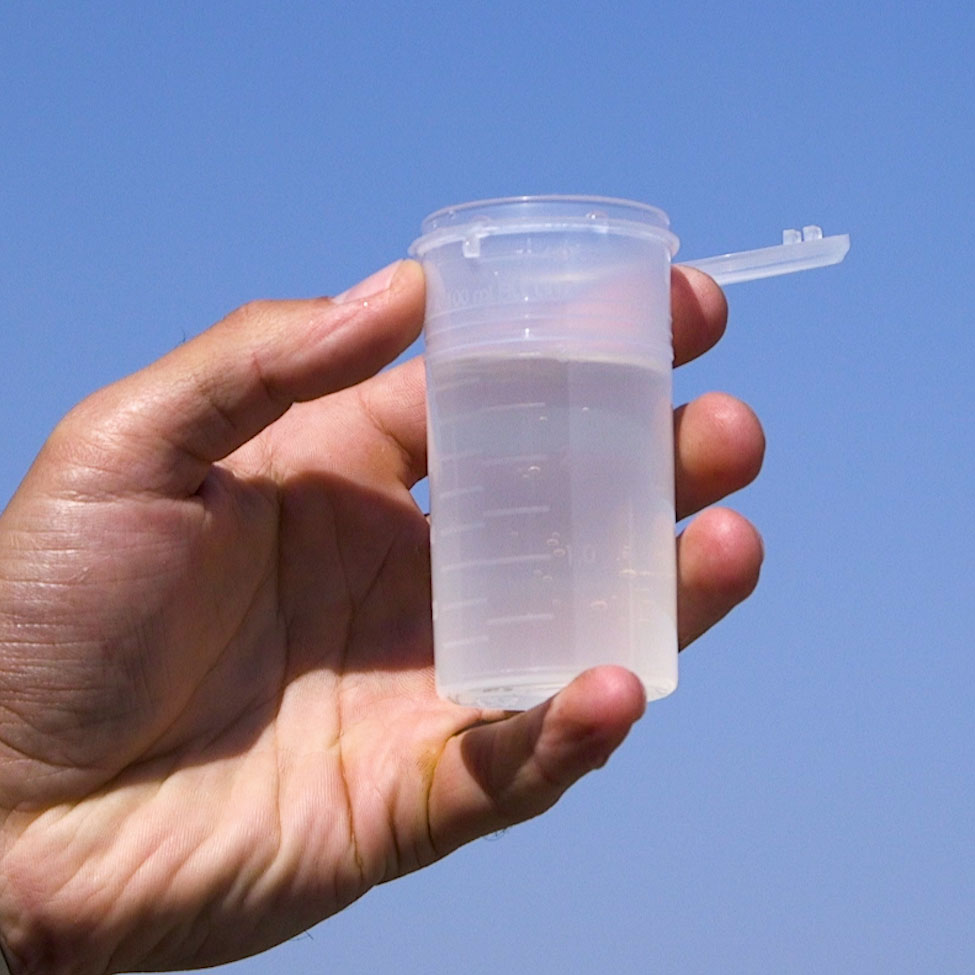
2
Ammonia-Rich Fertilizer
product derived from the low-boiling constituents of the process
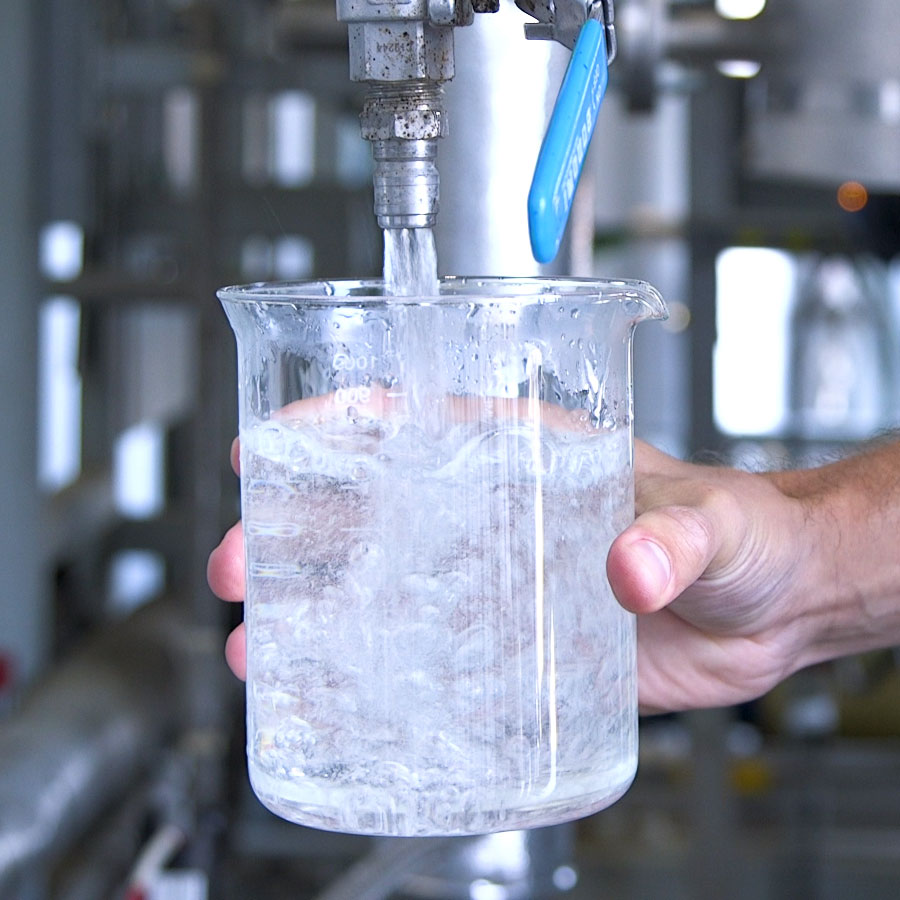
3
Clean, Distilled Water
that can be sent back to WWTP headworks with low BOD and ammonia content
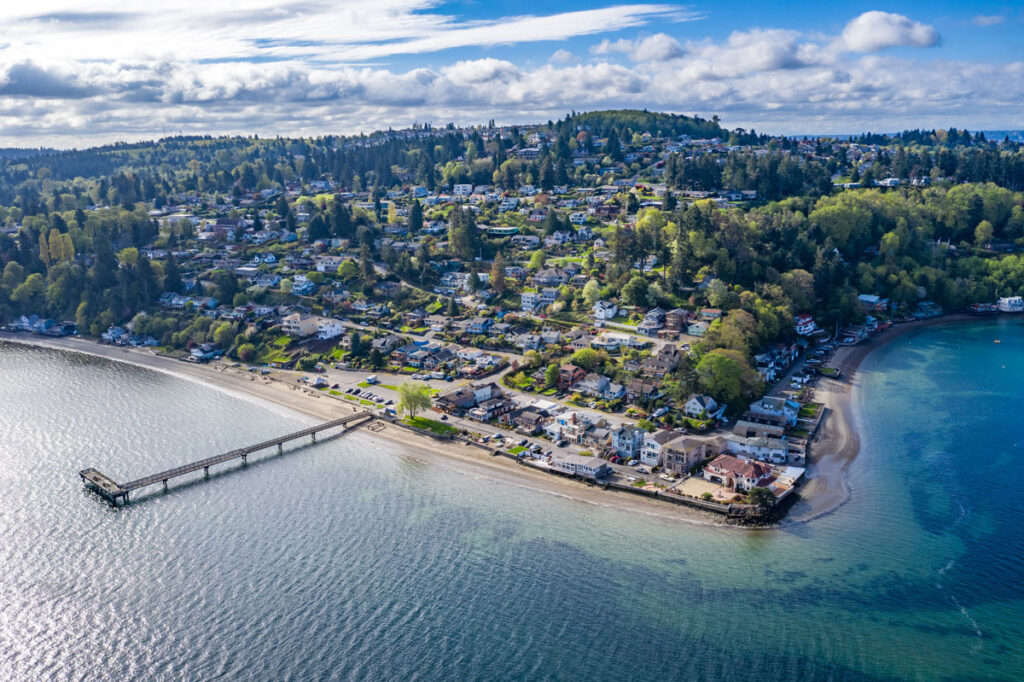
Excess nutrient loads harm Puget Sound.
Wastewater effluent is the largest local source of nitrogen to the Sound. Nutrient pollution can result in too much nitrogen, leading to algae blooms and eutrophication which cause environmental stress on aquatic life and the ecosystem.
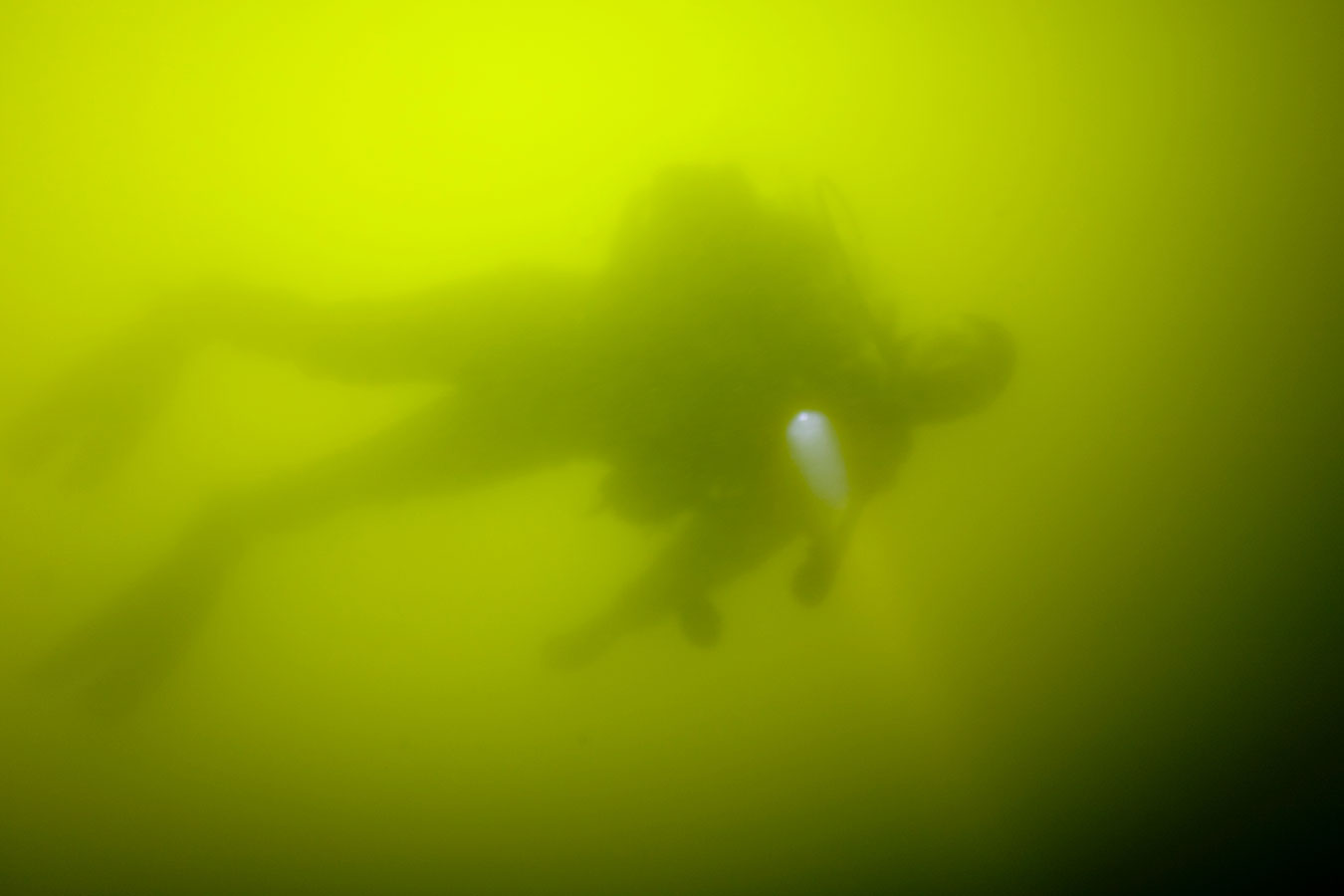
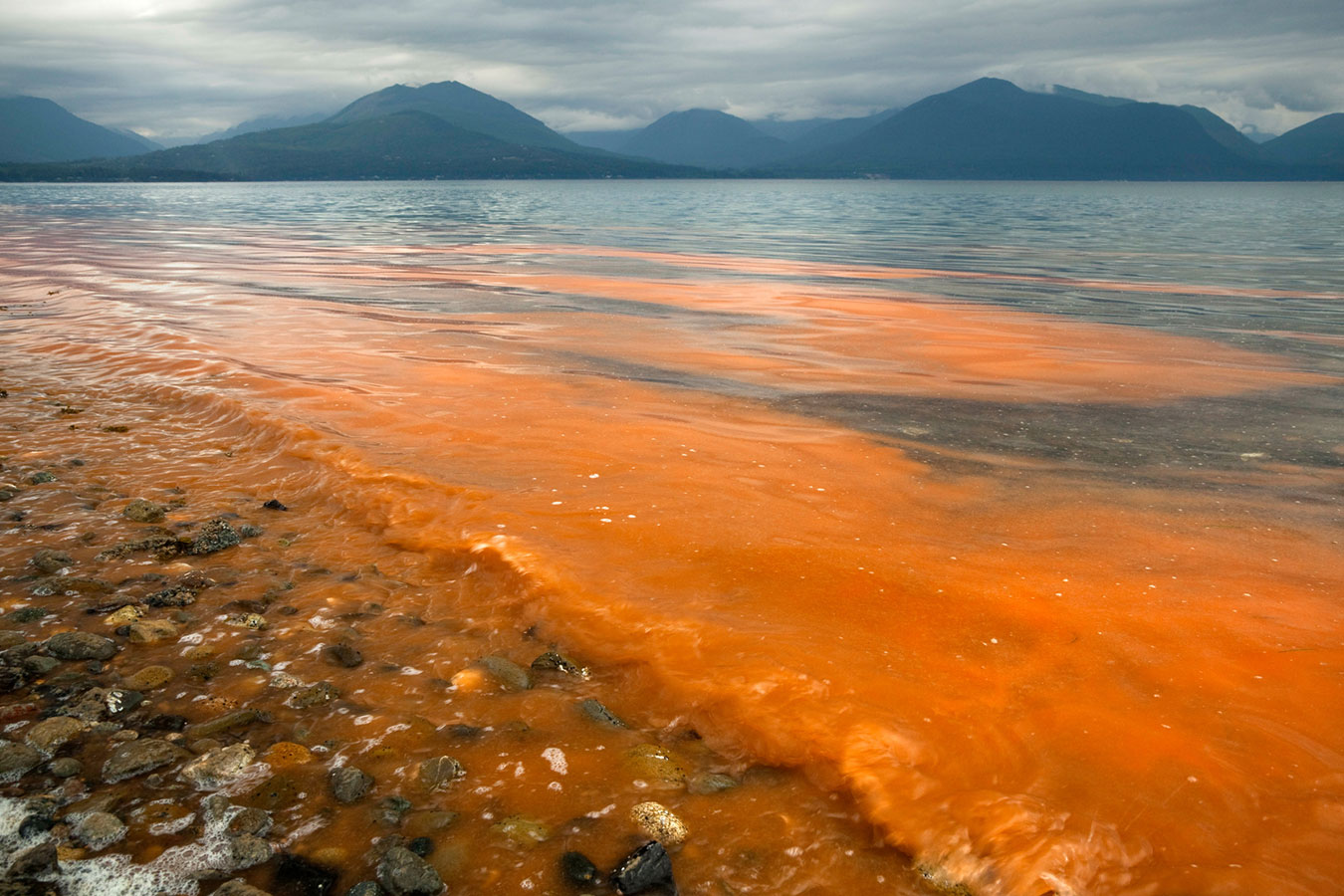
Ecology’s 2022-2026 general permit now requires wastewater treatment plants to control nutrient discharge and make improvements.
Septage has a high concentration of nutrients and is a major source of excess nitrogen.
55.5M+
Gallons of septage/year
are generated in King, Thurston, Pierce & Kitsap Counties (combined)—80% originates within 40 miles of the Sumner Septage Receiving Facility.
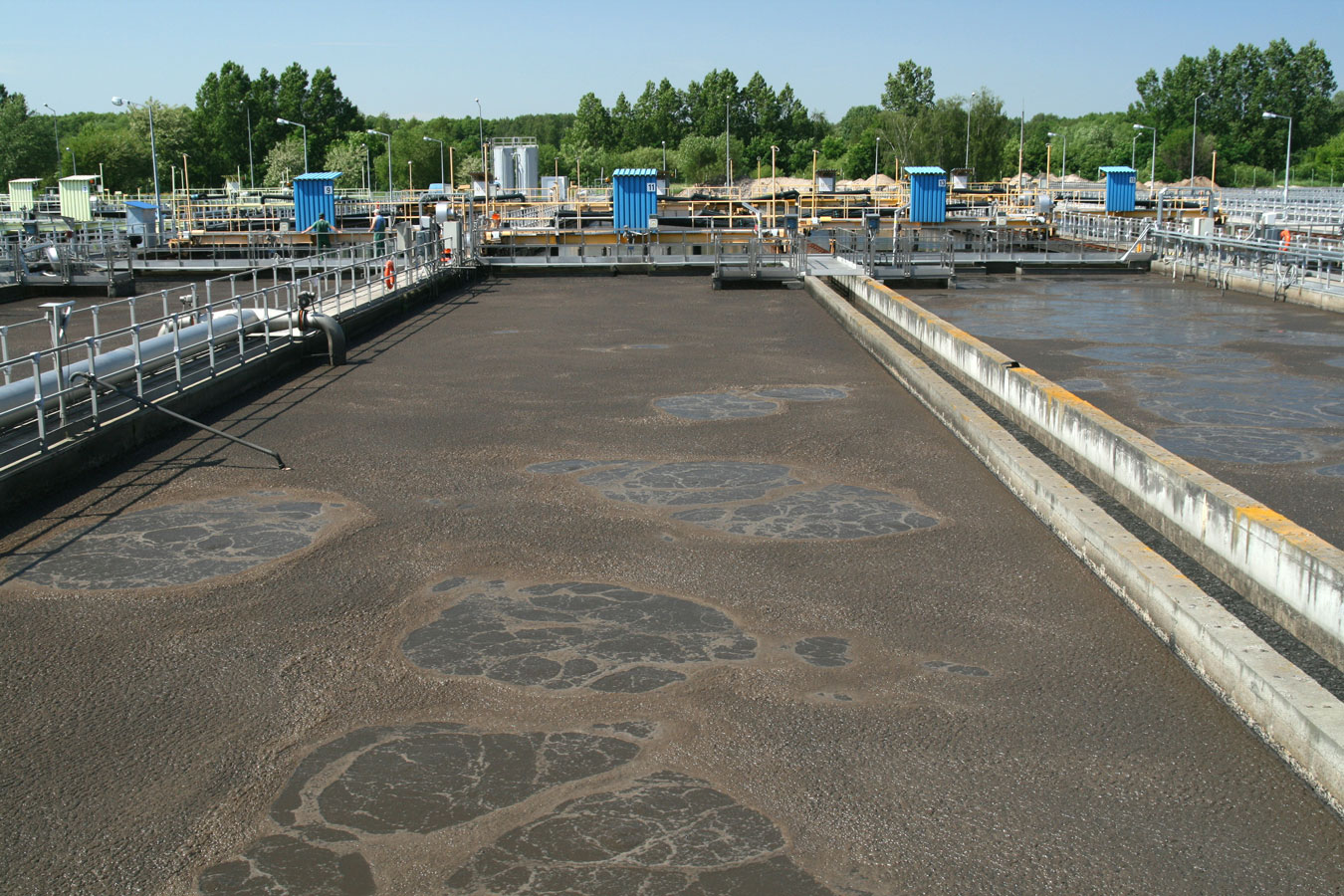
Diverting septage allows local WWTP operations to handle future growth.
By diverting septage to the Sumner Septage Receiving Facility for nutrient recovery, wastewater treatment plants in the area gain capacity for growing communities.
We Use Breakthrough Technology
Our process recovers the nutrients and results in upcycled, pathogen-free products.

1.
Dry, Class A Biosolid
for use as a nutrient-rich fertilizer, soil amendment, or other beneficial reuse

2.
Ammonia-Rich Fertilizer
product derived from the low-boiling constituents of the process

3.
Clean, Distilled Water
that can be sent back to WWTP headworks with low BOD and ammonia content
